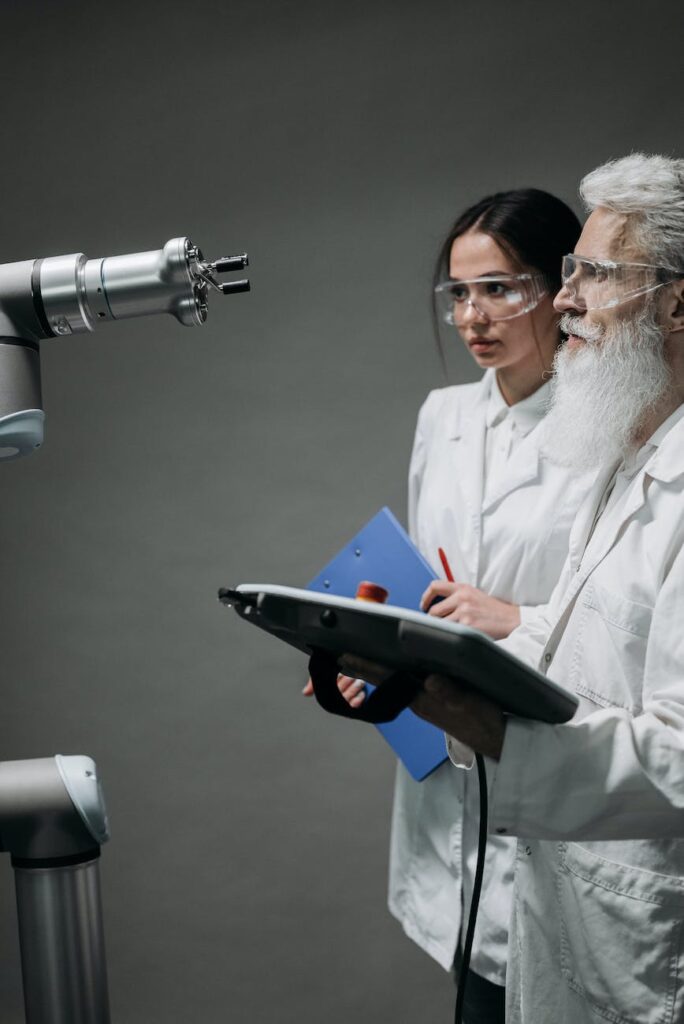Introduction: Are you tired of the awkwardness and confusion that comes with splitting the bill at group meals? Whether it’s a gathering with friends, a family dinner, or a business lunch, calculating each person’s share can often be a headache. Worry no more – introducing Split Your Bills, the ultimate bill splitting app that makes […]
Category: Technology
JavaScript is a programming language that has a wide range of applications and is used by millions of developers worldwide. It is a versatile language that can be used to build everything from simple websites to complex web applications, mobile apps, and even desktop applications. One of the most popular uses of JavaScript is for […]
The salary gap between management and employees is a longstanding and controversial issue that has garnered significant attention in recent years. On the one hand, many argue that higher management salaries are justified because they reflect the increased responsibility and expertise of executives and top managers. These individuals often have a significant impact on the […]
The COVID-19 pandemic has forced many companies to embrace remote work, and for many people, the transition to working from home has been a major change. While there are certainly some benefits to working from home, it is not without its challenges. In this post, we will take a closer look at the pros and […]
As technology continues to advance at an unprecedented rate, it’s no surprise that it’s also revolutionizing the way we travel. From electric and self-driving vehicles to high-speed trains and even personal flying devices, the future of transportation is looking more and more like something out of a science fiction movie. One of the most exciting […]
As technology continues to advance and become increasingly integrated into our daily lives, the need for efficient transportation has never been greater. Whether we are commuting to work, running errands, or traveling long distances, the time we spend in transit can have a significant impact on our productivity and overall quality of life. Unfortunately, the […]
The technology industry is known for its rapid pace of change and innovation, but this also means that it is prone to huge layoffs as companies pivot and restructure. In recent years, there have been several high-profile examples of tech companies laying off large numbers of employees, and these layoffs have had far-reaching consequences for […]
Artificial intelligence (AI) has the potential to revolutionize the healthcare industry and improve the way we diagnose and treat patients. In recent years, there have been significant advances in AI technology, and it is now being used in a variety of healthcare applications, from analyzing medical images to predicting patient outcomes. One of the main […]
Virtual reality (VR) technology has come a long way in recent years and it has the potential to revolutionize various industries including gaming, entertainment, education, and healthcare. VR has the ability to create realistic and immersive experiences, blurring the lines between virtual and reality. This technology has the potential to transform the way we experience […]
As artificial intelligence (AI) continues to advance at an impressive rate, it’s natural to wonder how it will impact the future of work. Will AI take over jobs, or will it create new ones? Will it make our lives easier, or will it lead to unprecedented levels of unemployment? These are just a few of […]









